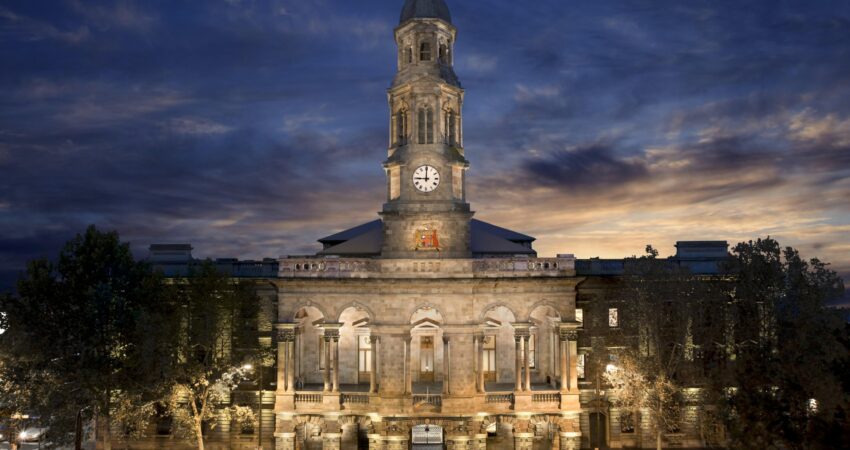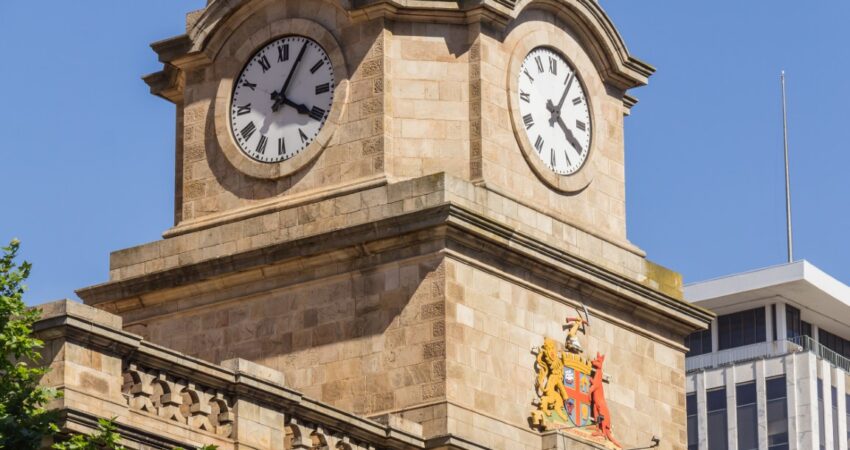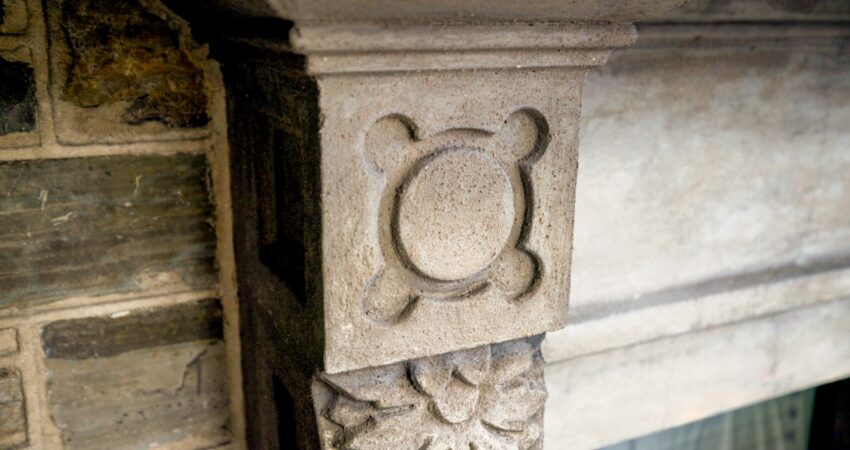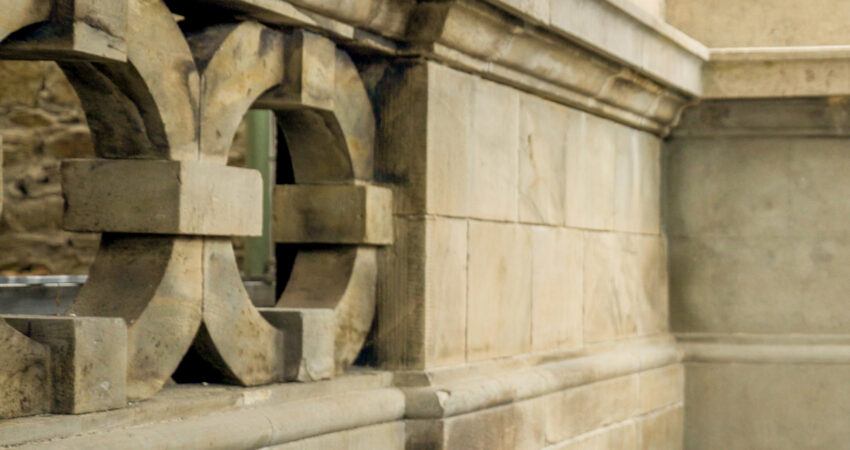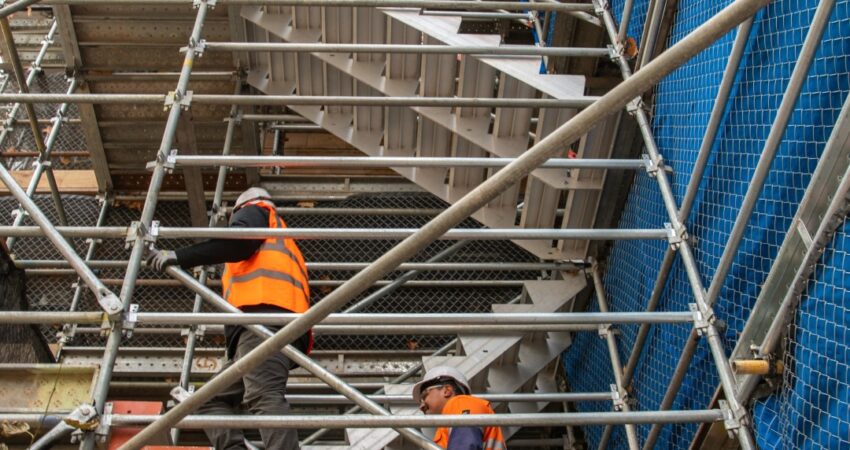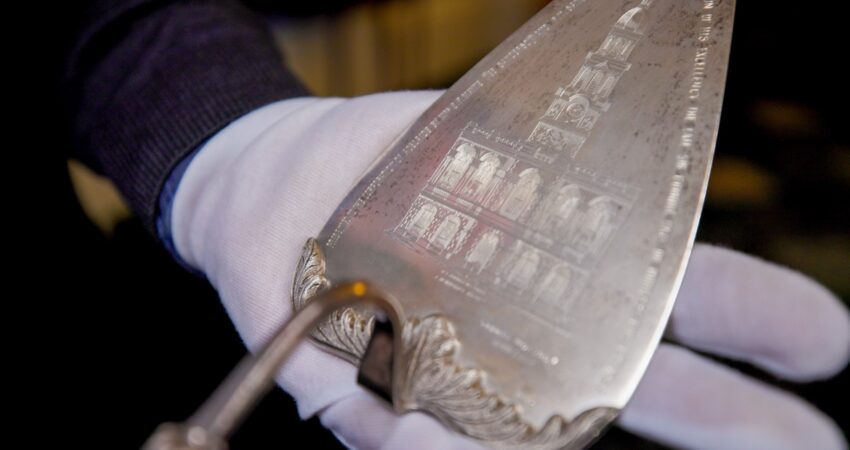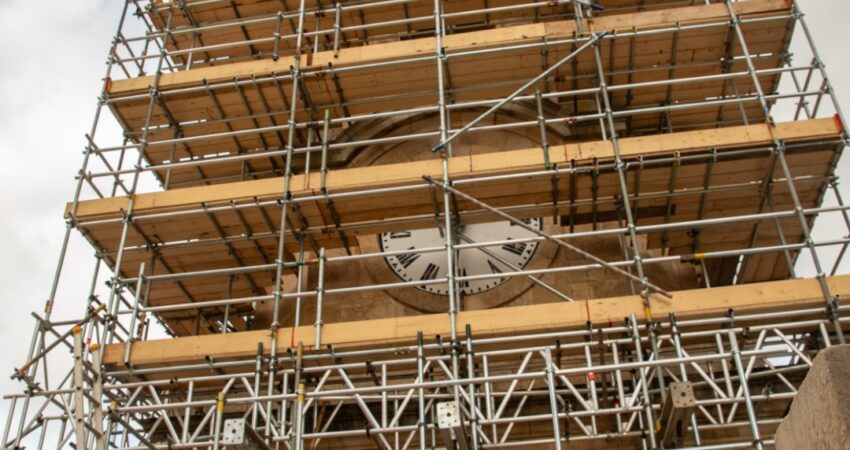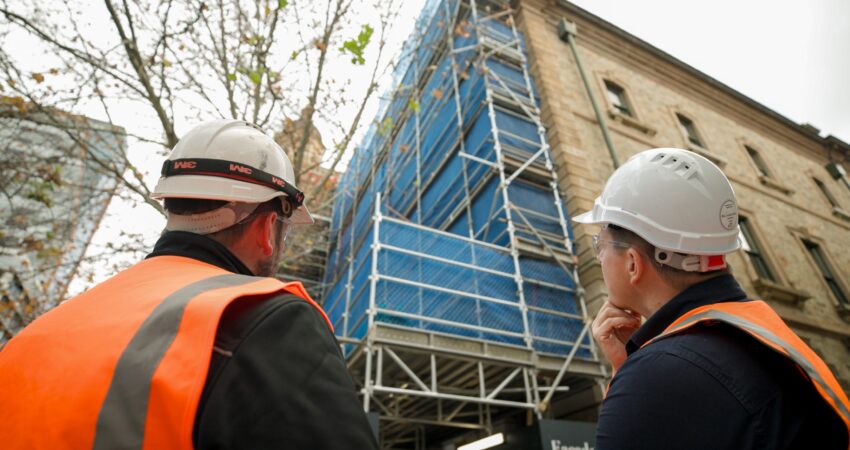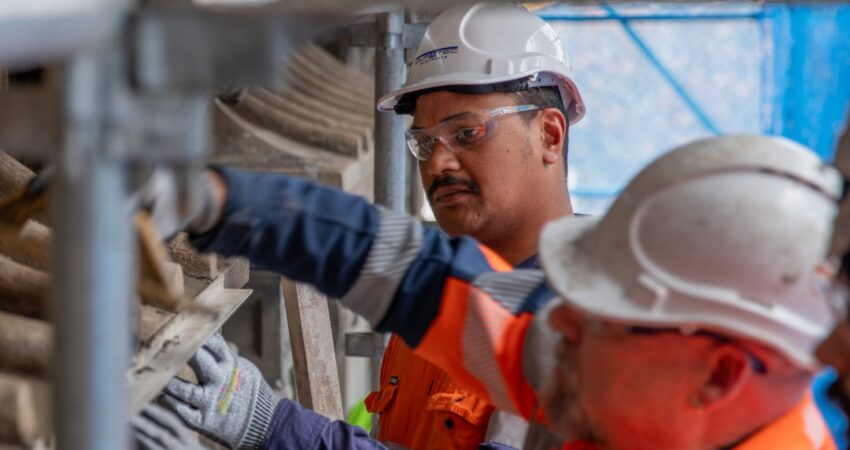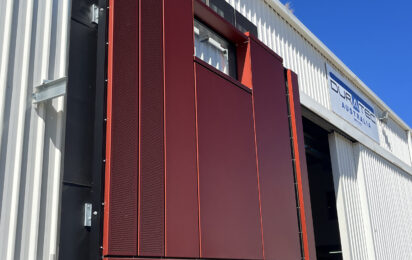Duratec is currently undertaking the Adelaide Town Hall conservation project. At the halfway mark, we talk to three of the project’s key players.
IN CONVERSATION
Jane Lomax-Smith
Lord Mayor of Adelaide
InSpec recently sat down with the Lord Mayor of Adelaide, Jane Lomax-Smith, to discuss the Adelaide Town Hall conservation project.
Why is the Adelaide Town Hall so important to the city?
As a capital city council, the City of Adelaide is different from others in that, although we belong to a small geographical area, we speak as the institutional and cultural heart of the whole state. We have an unusual, yet significant, role as a local government as our impact spreads farther than our boundaries.
When something important happens, whether it’s a moment of mourning, of regret or a moment of deep celebration and festivities, people tend to come to the town hall to express that. And if there is a moment when there needs to be a statement from the community, then often the Lord Mayor speaks from and on behalf of the city.
Can you tell us about the town hall’s history and its role today?
The current town hall building is not the place that we’ve always occupied. Our first substantial home was actually at the other end of Hindley Street. Over the past 150 years, we have expanded our electoral franchise and moved into other buildings.
This building is, in many ways, iconic – it’s the visible embodiment of the city and, therefore, the state. It’s the most important town hall building in the state and people look to it.
We welcome people from other parts of local government. We welcome ambassadors, queens,
kings – we will hopefully welcome King Charles later this year.
This has always been a ceremonial place for grand balls, grand dinners and grand celebrations, and that’s why it has to be a place of considerable status. It has to be grand. It has to be a welcoming, yet substantial, historic place.
Why is it important to restore the Adelaide Town Hall?
Looking after the building’s fabric is crucial as there’s been no major upgrade since it was constructed between 1863 and 1866. It is such an important building and that’s why we’re so proud to have managed, at long last, to invest money in the facade improvements. It’s not just pointing – it’s actually replacing some elements and making sure the building withstands the next century.
Do you think restoration is more sustainable than rebuilding?
Well, firstly, I don’t think anyone would want to remove this building. It is of such iconic significance. In any case, I feel very strongly that you should always restore heritage buildings because the most sustainable building is the one that’s there.
Now, if you’re going to demolish a heritage building and material goes into landfill, then you’re losing all that embodied energy and it’s irresponsible and not what we want to bequeath to the next generation. But I don’t think anybody would suggest losing this building.
How have you found working with Duratec so far?
Well, I’m just amazed by the quality of the craftsmanship. Occasionally, I hunt around little corners of the redevelopment to see how exquisite the work is.
Duratec has been really helpful in staging the process so that the whole of the building isn’t disrupted at the same time. It’s important to us as this is a venue we use every day of the week. We hold major events upstairs and have to make sure that we can carry on, business as usual.
What has struck you most about the works since they began?
I grew up in an era when tradies operated differently so I’m a bit surprised there are no ladders! I think that the work, health and safety world has moved on, and I’m really extraordinarily impressed. Nobody’s carrying large buckets up ladders and now there are proper staircases, so that’s an obvious change.
But for me, the most exquisite area is the lead work. The lead capping on the roof is so technically superior to anything I’ve seen and the little rosettes are really beautiful.
What will please you most once the works are completed?
Well, I imagine that this building will now be sustainable for the next hundred years. It’s a really lovely building to work in because it’s resistant to changes in temperature. It’s cool in the summer, warm in the winter and just a joy to be in.
The privilege of working in a building of this antiquity is not something that is taken for granted. Plus there’s all the history and the memories held within – I just think I’m so lucky.
IN CONVERSATION
Andrew Klenke
Director, Swanbury Penglase
Adelaide-based firm Swanbury Penglase is the heritage architect working alongside Duratec on the Adelaide Town Hall conservation project. InSpec spoke to director, Andrew Klenke, about the building.
Are there any interesting tidbits you can share with us about the Adelaide Town Hall?
As a bit of background on the town hall, the foundation stone for the building was laid on 4 May 1863. A separate foundation stone was laid for the Albert Tower on 13 January 1864 and this structure is the most prominent element of the facade.
The tower itself was completed on 29 November 1865 and a celebration lunch was held at the top of the scaffold!
What challenges has this project presented?
Initially scoping the work posed a number of challenges. The building presents quite a few limitations so a number of inspections – particularly, elevated inspections – were carried out in order to develop a scope of works.
Access to carry out the works was equally problematic, particularly around the Albert Tower. We couldn’t support the scaffold from the roof, so the custom-designed access solution has been of critical importance. Duratec has been excellent in terms of realising that design.
Why does the town hall need restoring and what works are being carried out?
The building is prone to falling damp, which can impact the its structural integrity. Located at the top of the walls is a wide projecting cornice that is part of a classical entablature. Water penetrating through this element has led to delamination of the projecting stone structure, which has resulted in render falling from the underside.
Given the fact that the building has a street frontage, there were obvious concerns about public safety. Part of the solution to this problem has been to install lead cappings over the top of the parapets, allowing the water to be properly shed and preventing the problem from reoccurring in the longer term.
The building’s height, exposure and scale has led to considerable deterioration of the pointing, thereby necessitating repointing. There were also some issues around the condition of the stone in some sections, so there’s been quite a lot of work associated with stabilising and consolidating both the stone and the external render.
How do you approach working on heritage restoration projects?
Working on heritage buildings is always a great honour. We learn something new on every project and are always in full admiration of the craftsmanship and workmanship executed in the past. These days, we have access to a greater variety of equipment, as well as different ways of achieving things, so to think of how they did things back then is just remarkable.
We’ve been working at the Adelaide Town Hall for some years now and we feel very fortunate to have been given the opportunity to document and work on this facade restoration project.
IN CONVERSATION
James Biven
Project Manager, Duratec
Duratec project manager James Biven specialises in heritage restoration and has delivered a number of successful projects in Adelaide, including the heritage facade restoration at 60 King William Street. James gave InSpec his take on heritage restoration and provided more details on the work involved with the Adelaide Town Hall conservation project.
What is it that makes heritage buildings so special?
Heritage buildings are such unique buildings which are simply not built these days. They tell a story of the architecture and building practices that were used in the past and provide a link to the past that needs to be maintained at all costs.
What is the basic scope of works at the Adelaide Town Hall?
As part of the project, we’re undertaking facade cleaning, stone consolidation, render repairs, repointing, gilding, lead flashing, stone carving, carpentry repairs and painting.
How is heritage restoration different to other type of building remediation?
When restoring a heritage building, it’s important to keep as much of the original fabric as possible. When I say we’re cleaning the building, we’re not just hitting it with a high-pressure cleaner, we’ve got stonemasons going over it with three different types of bristle brush.
Where there are areas of damaged render, our aim is to repair and maintain. If it were a standard building, those sections would be cut out and replaced. On heritage buildings, they form part of the structure’s history so we spend time drilling and injecting acrylic glues behind such areas to conserve them, rather than starting from scratch.

